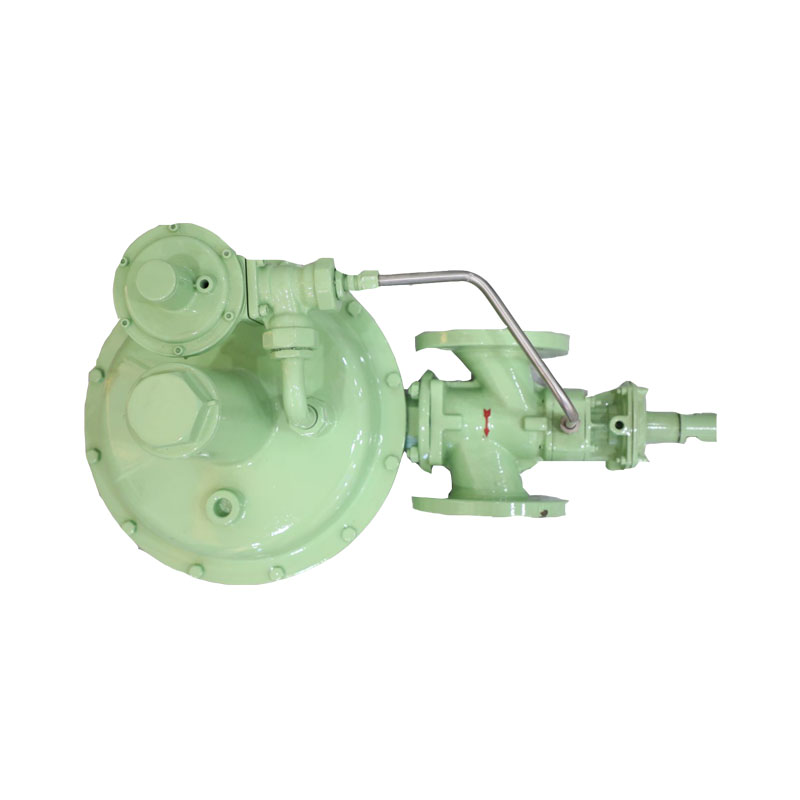
Sep . 09, 2024 18:35
Back to list
صمام تخفيض الضغط
Understanding Pressure Reducing Valves
Pressure reducing valves (PRVs) play a critical role in various industrial, commercial, and residential applications by controlling and regulating the pressure of fluids within a system. Their primary purpose is to reduce the high upstream pressure of a fluid to a lower, more manageable downstream pressure, ensuring that systems operate safely and efficiently. This article explores the function, types, and applications of pressure reducing valves in different environments.
How Pressure Reducing Valves Work
At their core, pressure reducing valves function by automatically adjusting the flow of fluid based on the pressure levels detected within a system. When the inlet pressure exceeds the pre-set limit, the valve opens to allow fluid to flow, consequently reducing the pressure downstream. Conversely, when the downstream pressure approaches the desired level, the valve closes slightly to maintain the balance. This dynamic response helps create a stable pressure environment, which is crucial for the operation of many systems.
Types of Pressure Reducing Valves
There are several types of pressure reducing valves, each designed for specific applications. The most common types include
1. Direct-acting Pressure Reducing Valves These are simple, spring-loaded devices that respond directly to changes in downstream pressure. They are typically used in low-pressure applications.
.
3. Electric and Pneumatic Pressure Reducing Valves These valves utilize electric or pneumatic actuators to adjust the valve position based on feedback from pressure sensors, providing precise control in complex systems.
صمام تخفيض الضغط

Applications of Pressure Reducing Valves
The applications of pressure reducing valves are vast and varied, including
- Water Supply Systems PRVs are crucial in municipal water supply systems to ensure that residential and commercial buildings receive water at a safe and manageable pressure. This prevents damage to plumbing fixtures and appliances.
- Heating and Cooling Systems In HVAC systems, pressure reducing valves help maintain optimal pressure levels for heating and cooling fluids, improving efficiency and comfort.
- Industrial Processes Many manufacturing processes require precise pressure control for optimal operation and safety. PRVs are employed in chemical processing, petroleum refining, and other industrial applications to protect equipment and maintain product quality.
- Irrigation Systems In agriculture, pressure reducing valves are used to regulate water pressure in irrigation systems, ensuring consistent water delivery to crops while conserving water resources.
Conclusion
In summary, pressure reducing valves are essential components in numerous systems, ensuring that pressure levels remain stable and manageable. By understanding their operation, types, and applications, professionals across various industries can make informed decisions about using PRVs to enhance safety and efficiency in their operations. As technology continues to advance, the design and functionality of pressure reducing valves will likely improve, further solidifying their importance in fluid control systems.
Latest news
-
Safety Valve Spring-Loaded Design Overpressure ProtectionNewsJul.25,2025
-
Precision Voltage Regulator AC5 Accuracy Grade PerformanceNewsJul.25,2025
-
Natural Gas Pressure Regulating Skid Industrial Pipeline ApplicationsNewsJul.25,2025
-
Natural Gas Filter Stainless Steel Mesh Element DesignNewsJul.25,2025
-
Gas Pressure Regulator Valve Direct-Acting Spring-Loaded DesignNewsJul.25,2025
-
Decompression Equipment Multi-Stage Heat Exchange System DesignNewsJul.25,2025

